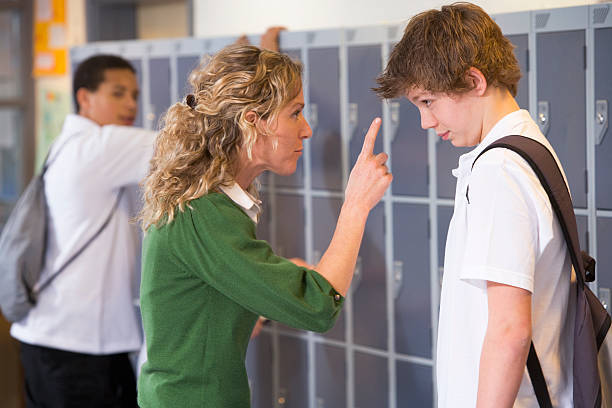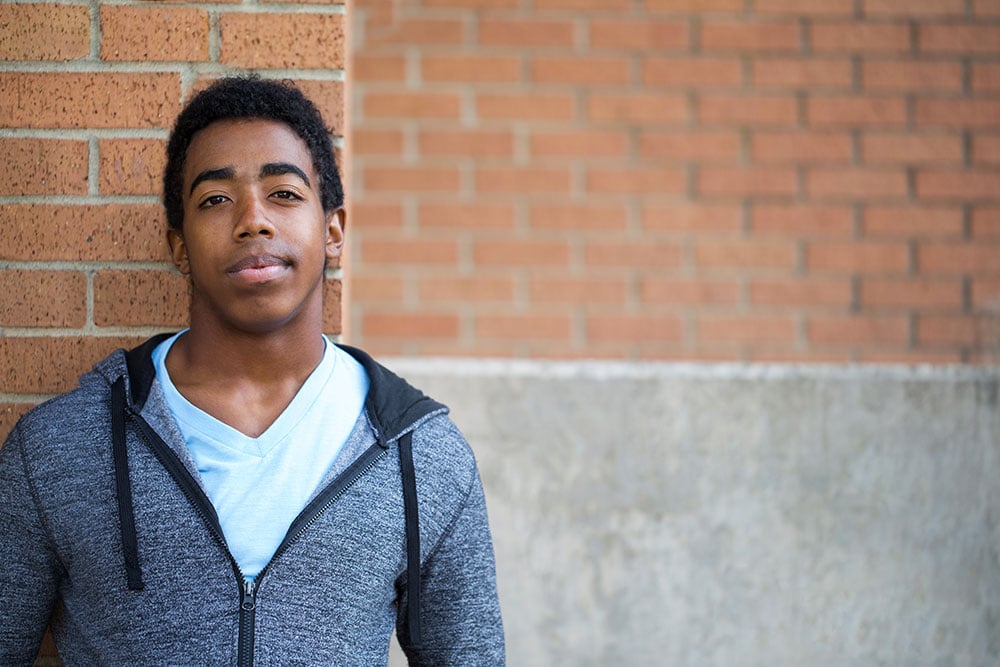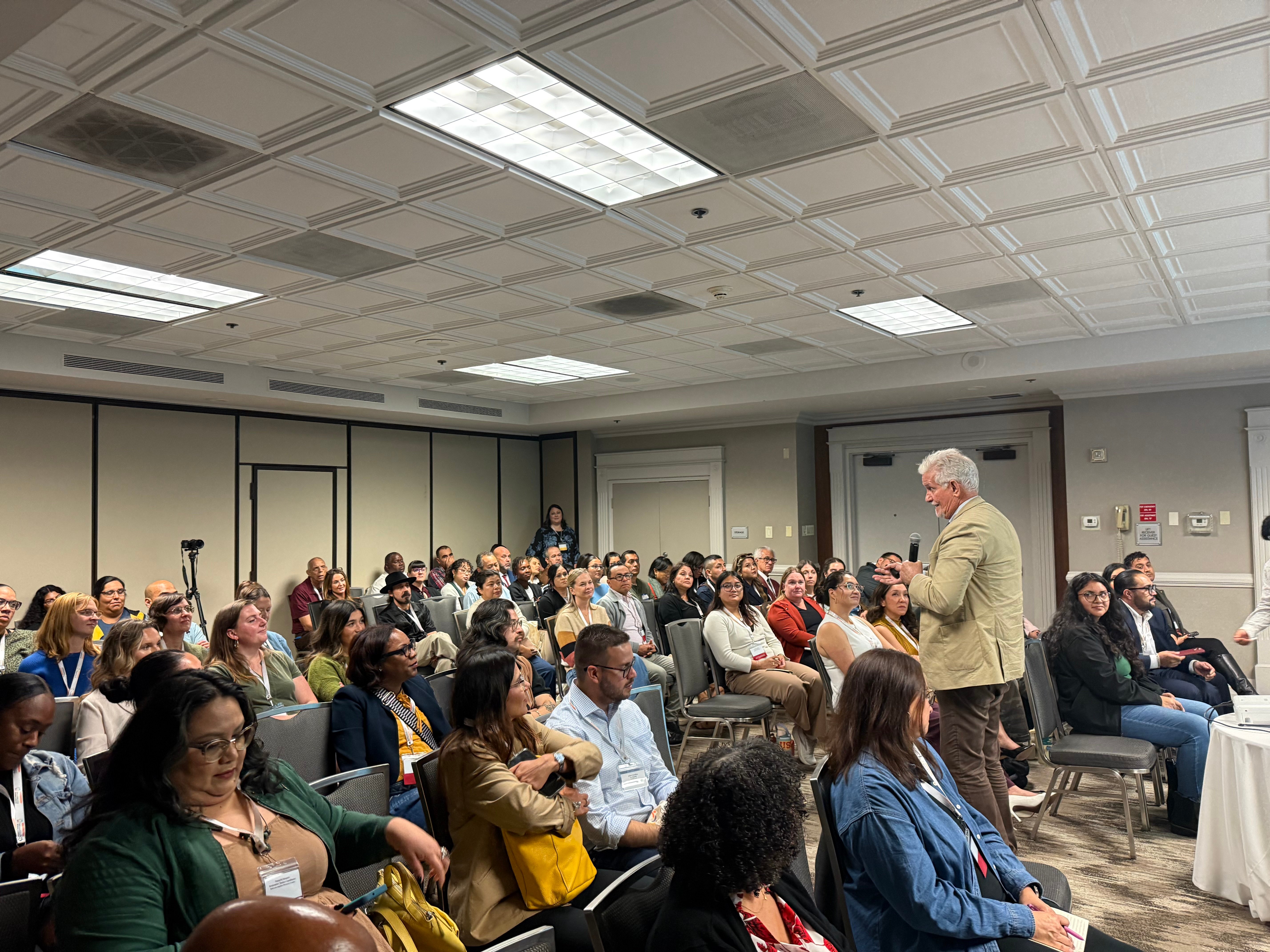Disciplinary practices have evolved in tandem with the growth of formal education in the United States. Just as the latter constantly changed and responded to the pressing needs of the moment (i.e. the launch of Sputnik), so too has the former (i.e. the students' right movement of the 1970s). Neither has remained stagnant over time.
In Antebellum America, for instance, the educational system had to grapple with how to best handle disciplinary incidents much like we do today. In 1831 in Boston, Massachusetts, a group of parents became vocal against the Mayhem Grammar Schoolmaster, William Clough, who was perceived as being “inhuman” and “cruel” (Glenn, 1981). Clough was accused of whipping students for mispronouncing words, not fetching the correct writing book, and for not understanding the objective of the day’s lesson (Jaquith, 1832). The case against Clough was but a subtext in the larger public push against schoolroom corporal punishment during the first half of the 19th century. The shift was precipitated by an evolving view that schools were encroaching on the role of parents. Indeed, the pushback against Clough's tactics was part of the broader shift against the concept of “in loco parentis” (translates to “in place of parents”). Additionally, corporal punishment was being seen as an ineffective way of producing long term changes in students. Horace Mann, the “Father of the Common School Movement,” captured it perfectly by stating that corporal punishment made an offender “cease to do ill” but that it rarely - if ever - made the offender “love to do well” (Glenn, 1981).
Later, during the early part of the end of the 19th century and the early part of the 20th century, enrollment in public education increased significantly in America. The traditional one-room schoolhouse with the teacher serving as both the dispenser of knowledge and disciplinary gave way to multiple, stratified classrooms and a principal who oversaw them (Katz, 2016). After the end of World War II, teachers saw student disciplinary incidents as the most pressing impediment to teaching, and concerns grew over how students were behaving in schools. During the 1950s, the view that students were “out of control” increased with the spread of movies, television, and rock and roll. Calls to reinstate the power from “in loco parentis” were heeded by principals, parents, and social workers. Schools, again, were seen as an essential instrument in promoting order, conformity, and safety. Suspensions and expulsions replaced corporal punishments as instruments to get schools to fall in line.
While the pendulum swung in the way of school administrators and teachers in the 1950s and 1960s, the pendulum shifted in the 1970s towards the focus on students’ rights. Two major court cases put students’ rights at the forefront of school disciplinary policy. First, in 1975, Dwight Lopez was suspended along with 75 other students after an incident in the cafeteria, despite stating that he was simply a bystander and did not engage in any destructive behavior. In Goss v. Lopez, the United States Supreme Court sided with Lopez and concluded that students facing suspension are protected under the Due Process Clause of the Fourteenth Amendment. Later in 1977, in Ingraham v. Wright, the United States Supreme Court shifted the responsibility to the states on ending the practice of corporal punishment. Since the ruling, the majority of the states have formally outlawed the practice.

The shift towards students’ rights renewed frustrations with the perceived inability of school administrators to hold students accountable for disciplinary incidents. During the 1980s and 1990s the crack epidemic fueled fears that violence and criminality were increasing and that schools were failing at curtailing the rise in youth delinquency. Katz (2016) points out that as a response to the increase in calls to punish criminals both inside and outside of schools, President Reagan pushed for stricter policies and a return to “good old-fashioned discipline.” Later, President Clinton would double down on calls to strengthen school discipline through his Gun-Free School Zones Act in 1994 by ushering in the era of “zero tolerance" policies. The rise of these “zero tolerance” policies coincided with the spread of “Broken Windows” policing. Under this theory, punishments for small offenses and infractions serve as a deterrent for those seeking to engage in criminality. This theory, when applied to education, called for harsh suspensions and expulsions for disciplinary incidents - especially those students who were seen as repeat offenders; it aimed at imposing mandatory sanctions and on separating offending students from the larger school community. The unintended consequence of the “zero tolerance” policy was a rise in a disparity in harsh disciplinary actions being taken against black and latino students. The prevalence of the “zero tolerance” policies did not succeed in making schools safer, and, in fact, were producing significant adverse effects like disruptions to learning, drop in the students’ mental health, school disengagement, and increasing the likelihood of putting students into the “school-to-prison” pipeline (Marsh, 2017; Thorsborne, 2013)
In 2014, the federal Department of Education and Justice warned districts that continue to have a pattern of disproportionate discipline outcomes risked civil rights violation lawsuits. As a result, US Secretary of Education, Arne Duncan (2014) shifted away from “zero tolerance” and stated:
“Positive discipline policies can help create safer learning environments without relying heavily on suspensions and expulsions. Schools also must understand their civil rights obligations and avoid unfair disciplinary practices. We need to keep students in class where they can learn” (Department of Justice, 2014).
Not everyone supported this shift in policies. Frustrations in educational circles increased as a result with many educators claiming that schools had moved from “zero tolerance to zero discipline” (Winter, 2016).
Nevertheless, with increased spurring from the government, schools began shifting away from suspensions and expulsions towards a focus on relationships, community, and on repairing the harm caused by offenders through the use of restorative practices.
References
Department of Justice. (2014). Departments of Justice and Education Issue School Discipline Guidance to Promote Safe, Inclusive Schools. Retrieved from https://www.justice.gov/archives/opa/pr/departments-justice-and-education-issue-school-discipline-guidance-promote-safe-inclusive
Jaquith, M. (1832). An appeal to the public in a case of cruelty: inflicted on a child of Mr. Jaquith, at the Mayhew school in Hawkins-st. by Wm. Clough, showing the method and means made use of by a few of Mr. Clough's partizns to sustain him in office against the wishes of the people: together with other matter. https://www.loc.gov/item/11008923/
Katz, R. (2016). Two centuries of school discipline. American Public Media. https://www.apmreports.org/story/2016/08/25/two-centuries-of-school-discipline
Winter, C. (2016). Spare the rod: Amid evidence zero tolerance doesn’t work, schools reverse themselves. https://www.apmreports.org/episode/2016/08/25/reforming-school-discipline







POST COMMENTS